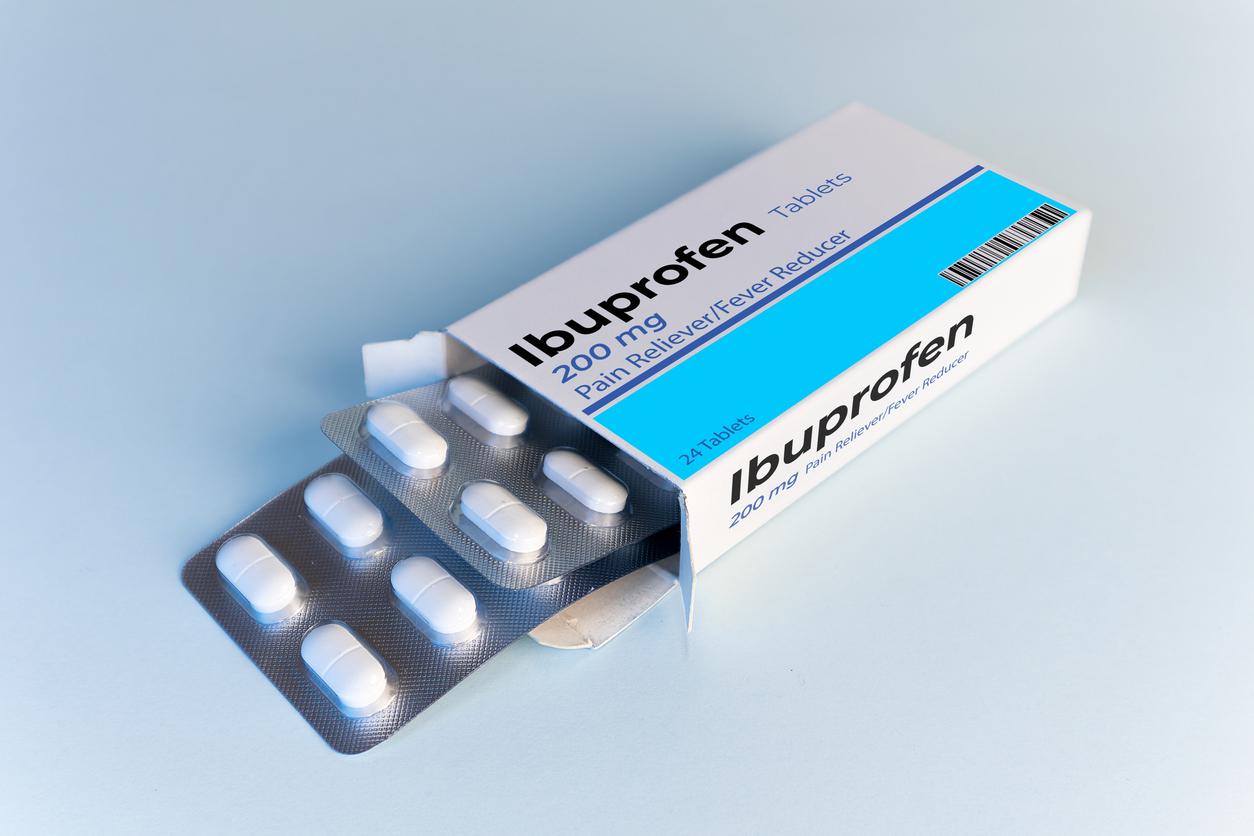In chronic obstructive bronchitis (COPD), respiratory infections are thought to play a major role in triggering episodes of acute worsening of the disease, especially in winter. The opportunity to take advantage of vaccinations.

Respiratory tract infections play a major role in chronic obstructive bronchitis (COPD). So much so, that initially, they had been considered as the main causative agent of the disease, even before tobacco. Subsequently, research “put the church back in the middle of the village” and, while smoking is the predominant causative process, along with environment and genetics, airway infection remains a critical part of progression. bronchial lesions.
It is absolutely necessary to protect these patients at the approach of winter if this has not already been done.
Deleterious role of infections
Acute infection relieves the precarious respiratory condition of patients, but it also contributes to the degradation of the pulmonary bronchi. The main culprit is the inflammation that accompanies it, with its hypersecretion of inflammatory proteins and enzymes: these phenomena lead to a degradation of the proteins of the bronchial wall (proteolysis).
Extremely important during the phases of exacerbation, the infectious process and the residual inflammation also participate in the low-noise degradation of the bronchial wall between exacerbations.
The exacerbation, a very negative phenomenon
An exacerbation is therefore an acute progressive outbreak of the disease which can lead to respiratory distress and hospitalization: it is a critical element. All the available studies show that these are frequent events in COPD, sometimes serious, and probably associated with an acceleration of the decline in respiratory function.
Their economic cost is significant, in particular due to hospitalizations and the prescription of antibiotics
Infection in more than 50% of exacerbations
Infections are believed to be responsible for at least half of COPD exacerbations, with a seasonality certain and a predominance of infections in winter, whether they are purely viral infections, purely bacterial or co-infections virus bacteria.
From virus, the advent of modern viral diagnostic techniques (PCR) has shown that viruses are present in 30 to 60% of exacerbations, with of course rhinoviruses and respiratory syncycial virus, but also influenza viruses every winters.
For the bacteria, they would be involved in 40 to 60% of cases and the main germs would be pneumococci (Streptococcus pneumoniae), Haemophilus influenzae and moraxella.
Prevention of infections
The prevention of infections is therefore a major issue in the management of chronic obstructive bronchitis. This is both to avoid exacerbations, so dangerous and painful for patients, but also to avoid the aggravation of the disease of the pulmonary bronchus.
Barrier measures are therefore essential in the event of the circulation of viruses and bacteria. But vaccination is a major way to protect people with COPD against the flu and pneumococci.
Two essential vaccinations
Vaccinations against influenza and pneumococcus work in these patients as well as in normal people. The flu vaccination is even reimbursed at 100% in these patients. It reduces hospitalizations and probably infections (studies are generally carried out on the entire French population and compare the vaccinated against the unvaccinated). It is interesting because it participates in reducing the risk of erosion and inflammation of the lining of the bronchi, which is the bedrock of secondary bacterial infections.
Patients suffering from COPD are also considered to be at risk of pneumococcal infection with a risk of secondary invasive infections (pneumonia, sepsis, etc.), sometimes fatal. Vaccination against pneumococcus is therefore recommended in people with chronic obstructive bronchitis (COPD). It is implemented with 2 vaccines, a conjugate and a polysaccharide, administered in a specific order.

.

















